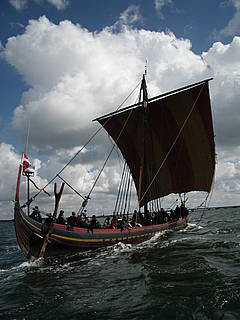Dear
CAnMovians,
It is hard
to believe today with this weather, but we are approaching the summer holidays
and field work period might soon end for those of you studying migration. It
will be a very useful break from normal office and lab routines before the teaching
and office work starts again. Others are lucky to spend the summer in the
field, collecting data on movements and migration in various organisms.
It has been a very active spring in the CAnMove
program and for
instance we have had many more PhD students defending their PhD Thesis at the
department than we have had in a long time. We have had many inspiring seminars
and meetings, including the spring BBQ event which was excellently organized by
Cecilia, Christoffer, Sylvie and Helena. Thank you all for fun games and socializing
BBQ!
I am happy to welcome Emily O’Connor as a new
CAnMove postdoc
working with Helena Westerdahl, Dennis Hasselquist and Jan-Åke Nilsson. I also
wish to thank Brianne Addison for her hard work as a CAnMove postdoc, good luck
with your future job in Australia!
This spring CAnMove has decided to fund four new
research projects,
directed to energetic of flight, nano-tracking of daphnia, optical remote bird and
insect detection and genetics of morphological traits in a bird migrant. I hope
this will result in many new insights and exciting results which will be shared
and new for the program!
Autumn 2012 will be dedicated to the production
of a text book for
Oxford University Press, covering the research topics of CAnMove. This has been
in the plan from the program start and will now be realized. Working title is: “Animal
movement across scales”. Lars-Anders Hansson is coordinating the work with the
book and we hope to meet a public of undergraduate students and interested PhD
students. One mission is to use the book as literature at our own courses in
the future.
We are approaching the time of evaluations and will have an internal financial
evaluation of the program at Lund University this autumn, and next year the
half-time evaluation from the Swedish Research Council will take place. In due
time you will one way or the other be approached to contribute to these two
evaluations.
I hope many of you will be signing up for a
field blog and wish
to share your experiences from your research experiences within the program
this summer and autumn period. It is very inspiring for young students and
interested people to hear more about the life of a scientist and PhD student.
Please, remember how you were inspired as a kid and share your knowledge
widely!
Please, do not forget to sign up for the
workshop on Behavioural Ecology of Animal Movement in August – form at CAnMove web-page!
At last three final messages:
Take care
of yourselves and your family!
Do
something unexpected and fun!
Have a
great summer!
 |
| Photo: Esben Rasmussen |
Susanne
& co

